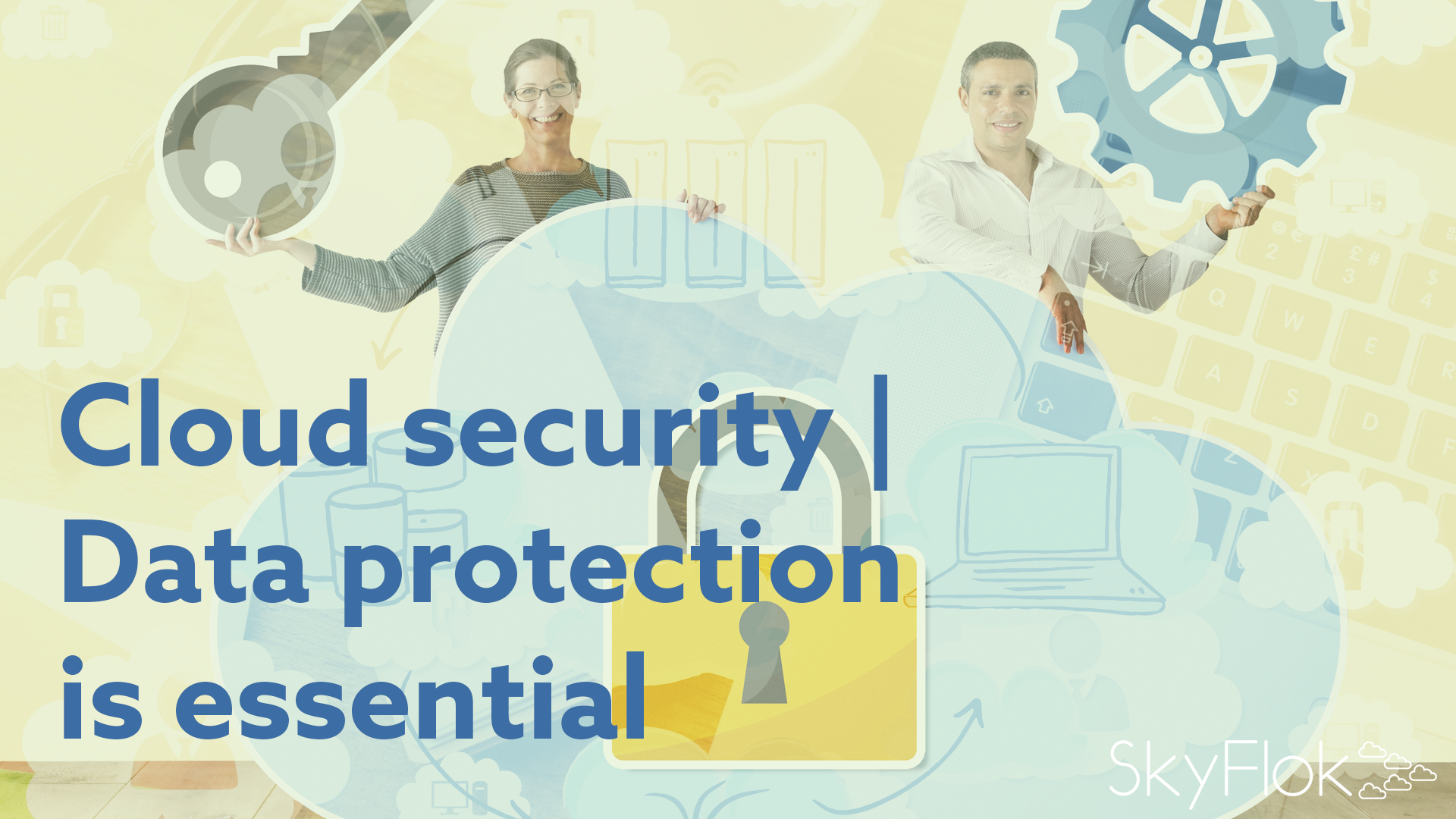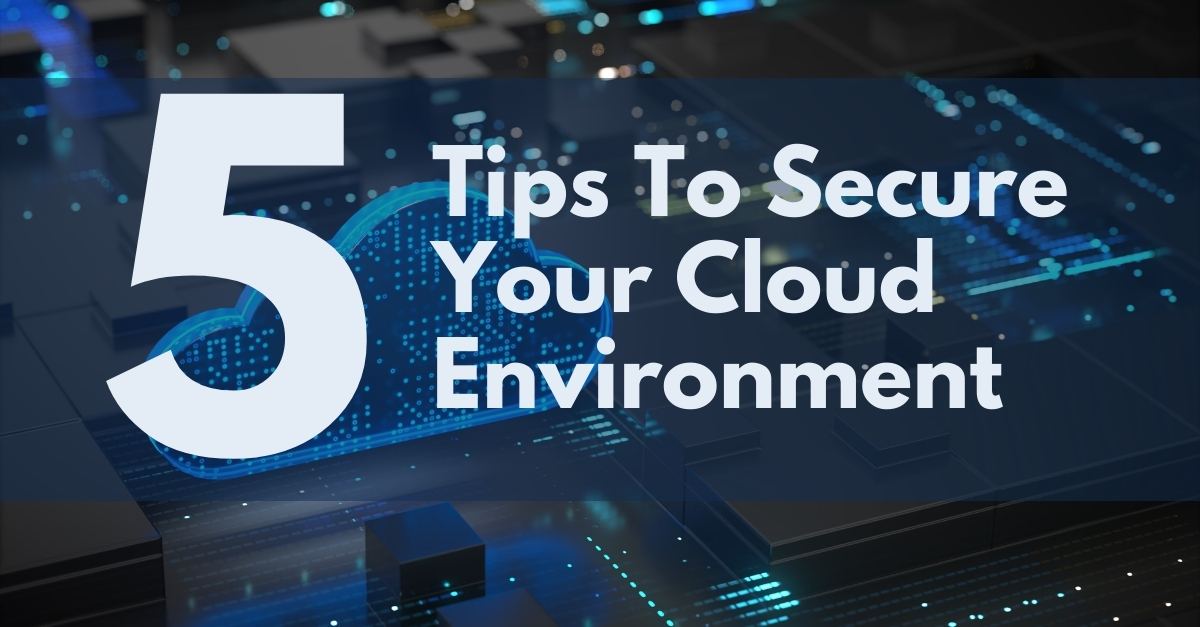Cloud Computing Cybersecurity Essentials: 2015 Course

In today's digital era, cloud computing has become an integral part of IT infrastructure for businesses of all sizes. With its ability to offer scalable, flexible, and cost-effective solutions, the cloud has revolutionized how data is stored, processed, and managed. However, with these advantages comes the critical challenge of cybersecurity. The essence of a Cloud Computing Cybersecurity Essentials course lies in understanding, implementing, and maintaining security measures in cloud environments to protect against an ever-evolving landscape of cyber threats. This post dives deep into the key components you should learn to secure cloud assets effectively in 2015.
Understanding Cloud Computing

Before delving into cybersecurity specifics, it's vital to grasp what cloud computing entails. Here’s a quick overview:
- IAAS (Infrastructure as a Service) - Providers offer virtualized computing resources over the internet.
- PAAS (Platform as a Service) - Platforms allowing customers to develop, run, and manage applications without the complexity of building and maintaining the infrastructure.
- SAAS (Software as a Service) - Applications are hosted by a provider and made available to users over the internet.
Cloud computing models introduce unique security concerns due to shared responsibilities, multi-tenant environments, and the dynamic nature of the cloud.
Fundamental Security Concepts
Mastering cloud security requires understanding several foundational principles:
- Shared Responsibility Model - Understanding what security measures are managed by the cloud provider versus the customer.
- Data Protection - Encrypting data at rest and in transit to safeguard sensitive information.
- Identity and Access Management (IAM) - Ensuring that the right individuals have appropriate access to resources.
⚠️ Note: The cloud provider secures the infrastructure, but it's up to you to secure your applications and data!
Cloud Security Frameworks and Standards
A robust understanding of industry standards and frameworks is crucial:
- CSA (Cloud Security Alliance) - Offers best practices for cloud security.
- ISO/IEC 27001 - A globally recognized standard for information security management systems (ISMS).
- NIST SP 800-53 - Provides a catalog of security and privacy controls for Federal Information Systems.
Implementing these frameworks helps in creating a secure cloud environment.
Secure Cloud Architecture
Building a secure cloud environment starts with architecture:
- Implement the principle of least privilege in access control.
- Use defense in depth with layered security mechanisms.
- Ensure network segmentation to isolate different application tiers.

| Security Feature | Description |
|---|---|
| Network Security Groups (NSGs) | Controls inbound and outbound traffic at the subnet or VM level. |
| Web Application Firewalls (WAF) | Shields against web-based attacks like SQL injection or XSS. |
💡 Note: Proper architecture planning reduces attack surfaces significantly!
Monitoring and Incident Response
Continuous monitoring and a structured incident response plan are vital:
- Configure cloud logging and monitoring for real-time security insights.
- Set up an incident response team with clear roles and responsibilities.
Compliance and Governance
Cloud governance ensures compliance with laws and regulations:
- Establish cloud governance policies and procedures.
- Conduct regular compliance audits to ensure adherence.
- Implement data sovereignty and jurisdiction considerations.
📋 Note: Cloud compliance is not just about cybersecurity; it's about legal and regulatory adherence as well!
Continuous Learning and Adaptation
Cybersecurity is dynamic; staying updated is non-negotiable:
- Subscribe to security newsletters and attend webinars.
- Participate in bug bounty programs to learn from real-world vulnerabilities.
To wrap things up, the foundation of cloud cybersecurity lies in a blend of strategic planning, technical know-how, and continuous education. While cloud environments offer incredible benefits, securing them requires a tailored approach that encompasses understanding the cloud model, adopting security frameworks, implementing secure architecture, and staying vigilant through monitoring and adaptation. By following these essentials, organizations can harness the power of the cloud while safeguarding their assets against cyber threats.
What are the main cloud computing models?
+The main cloud computing models are Infrastructure as a Service (IaaS), Platform as a Service (PaaS), and Software as a Service (SaaS).
What is the shared responsibility model in cloud security?
+It defines the division of security responsibilities between the cloud provider (managing the cloud infrastructure) and the customer (securing their data, applications, and configurations).
How important is continuous learning in cloud cybersecurity?
+Given the evolving nature of threats and technologies, continuous learning ensures practitioners stay ahead of new security challenges and can implement the latest best practices.
Related Terms:
- aws cloud security course
- cloud security essentials exam
- capstone cloud security certification
- cloud security essentials certification
- azure cloud security certification



